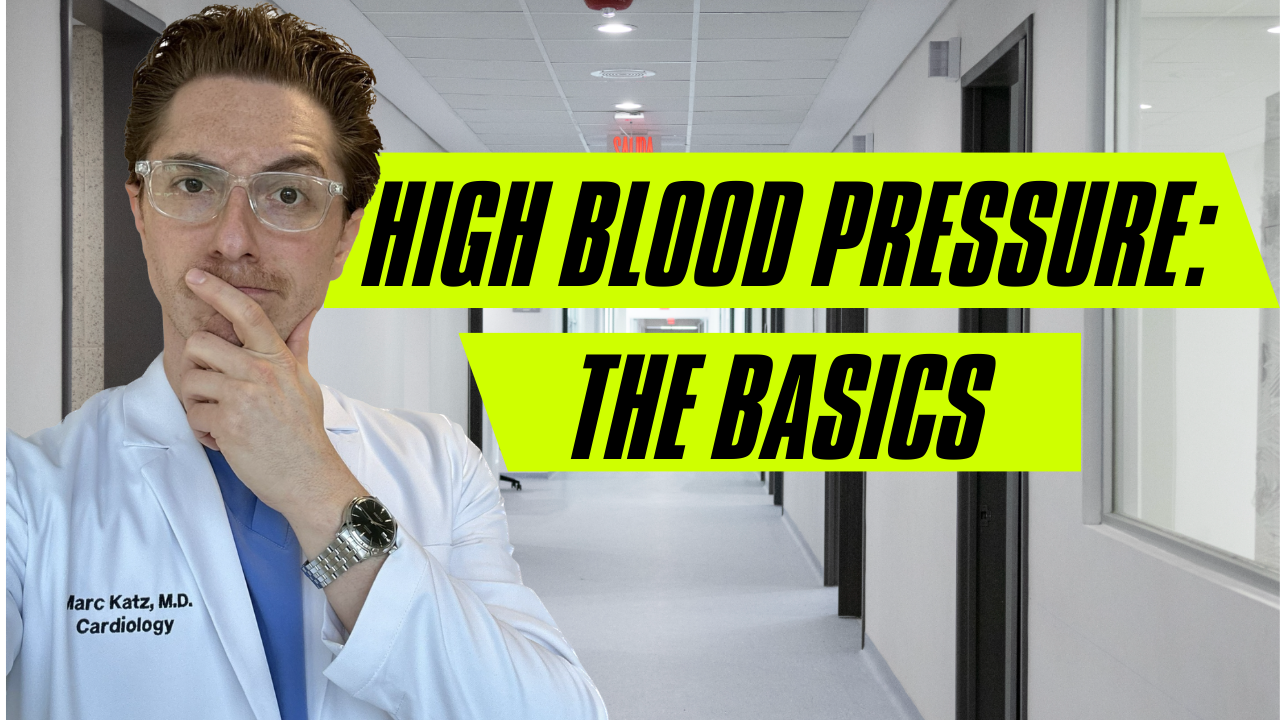General Medicine | how to talk to your family about code status
In medicine we colloquially say someone ‘codes’ if their heart stops requiring cardiopulmonary resuscitation (CPR) or if they can’t breath on their own requiring intubation. So ‘code status’ refers to the level of medical interventions a patient wishes to have if their heart or breathing stops. Unfortunately the worst time to discuss something as important as you or your loved one’s code status is when a patient is in critical condition requiring life saving measures. The COVID-19 pandemic is the perfect opportunity to talk to your doctor and loved ones about your code status. Here’s some basic information about code status, how I talk to my patients about it, and how you can talk to your family so you’re all on the same page.
Main categories of code status
There are generally two main categories. The first is ‘full code’ which generally means to perform all life saving measures. We will perform CPR and intubate. The second main category is ‘DNR/DNI’ which stands for ‘do not resuscitate/do not intubate’. So when we say ‘DNR’ we generally mean ‘do not perform CPR’ and when we say ‘DNI’ we generally mean ‘do not place the patient on a ventilator’.
These two terms, DNR and DNI, are separate but interconnected entities. If your heart stops beating then you are technically dead and, as such, will need a ventilator to help you breath too. However if you stop breathing or are having trouble breathing requiring you to be intubated your heart very well may continue to beat on its own. This can happen for a number of reasons, including COVID-19. However even just explaining this situation breads multiple different variables and gets us bogged down in the weeds. For now, let’s focus on intubation since this is more important to understand than ever during the COVID-19 pandemic.
Misconseptions
Before I go any further I want to address one of the most common misconceptions with regard to code status that I have observed in my short career in medicine. Just because someone is DNR/DNI it does not mean that we stop treating the patient. If they are sick, have an infection, or are in pain we continue to treat those issues. Being DNR/DNI is not the same thing as withdrawing or stopping care.
Why does someone need to be intubated?
Generally we intubate patients if they cannot breath on their own. This can happen in a number of clinical scenarios. In COVID-19 we are seeing that patients who have increasing oxygen requirements often deteriorate quickly. Meaning they go from needing a little bit of oxygen via a nasal cannula to potentially being intubated within a day. Sometimes we choose to intubate patients in a controlled setting when a patient is getting worse before the
How long do patients stay intubated?
It depends. It depends on each clinical situation and the reason for intubation. In COVID-19 some patients have required 2 weeks of ventilator support and others are able to be extubated much quicker.
So why would anyone choose to be DNI?
This is the crux of the code status discussion. Generally, people who are more sick with more comobidities (greater number of other medical health problems) have more difficulty being extubated successfully. They have trouble regaining the strength to breath. If someone cannot be successfully extubated the options are limited to tracheostomy (an incision in the neck where the ventilator can then be connected to) or terminal extubation (we remove the breathing tube anticipating that the patient won’t be able to breath on their own and will ultimately die).
Clinically with regard to severe illnesses like COVID-19, intubation is only one piece of the overall puzzle. A patient can be successfully intubated but still have a long battle ahead of them and intubation does not guarantee that they will survive. It is impossible to know with 100% certainty which patients will be intubated, improve, and be extubated, which patients will be intubated and unfortunately still pass away, and which will be intubated and have difficulty breathing on their own again.
Changing the terminolgy
Professionally speaking I don’t like using the term ‘DNI’. I prefer the term ‘allow natural death to occur’ because that is precisely what we are doing when we choose not to intubate someone who needs it.
End of life care
Again, just because someone is ‘DNR/DNI’ does not mean we do not treat their symptoms or other illnesses. In any illness when a patient might require intubation but they choose to allow natural death to occur by avoiding intubation we change our clinical focus to other aspects of a patients care. I’ve been at bedside with families whose loved ones are DNR/DNI after a long battle with cancer or other diseases and don’t want to prolong their suffering any longer. It’s not an easy decision to make at first but one that is so much easier to make when everyone in a family knows the patients wishes.
How can you talk to your family and/or doctor about your code status?
If you have the time I highly recommend reading Atul Gawande’s Being Mortal. It’s an amazing book about death and dying in the United States and he puts it more eloquently than I ever could.
When I talk to patients about code status most common delineation they are able to make is if (1) they would want to be intubated no matter what and all life saving measures performed or (2) that they would not want to be intubated if they did not have a good chance at surviving with a good quality of life. Notice I said ‘survive with a good quality of life’ and not just ‘survive’. This is an important distinction.
What would a good quality of life look like to you? This might seem abstract but it helps doctors guide their medical decisions if we can understand what is important to you. What makes you happy on a day to day basis? What would be a quality of life and what would not be worth living? It means that code status is not always cut and dry. Its not black or white but instead shaded with areas of grey. It also illustrates how important it is to have this type of conversation not only with your family but also with your doctor. So I encourage you to please talk to your physician about you or your loved one’s code status the next time you can with your physician.
I know this is not an easy conversation. The first time I talked to a patient about their code status they literally asked me point blank ‘is this the first time you’ve talked to someone about this?’. So if you want to start the conversation about code status with your family about your or their code status you can use the following script to get the ball rolling.
“I want to talk about your/my code status. This is difficult to talk about but it is important to know what you/I would want done in the unfortunate event that your/my heart would stop beating or if you/I would stop breathing on our own.”
Conclusion
I have seen patients die surrounded by loving family members at bedside who disagreed with their loved one’s decision but respected it and made the patient’s last days or hours occur with less pain and suffering. I’ve also seen the opposite.
This is by no means an exhaustive conversation about code status but please talk to your doctor and family members about your and their code status. Additionally, make sure everyone in the family knows their wishes and not just a few people as it is far more difficult to make these tough decisions when some family members are left out of the loop of communication.


